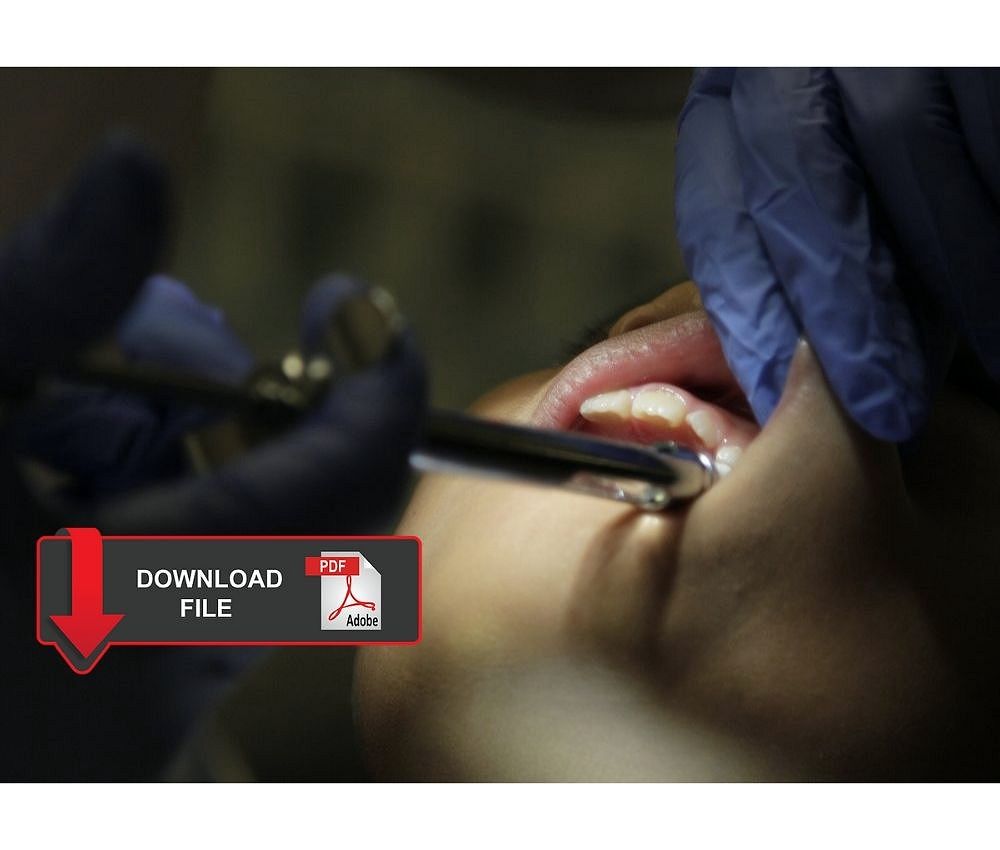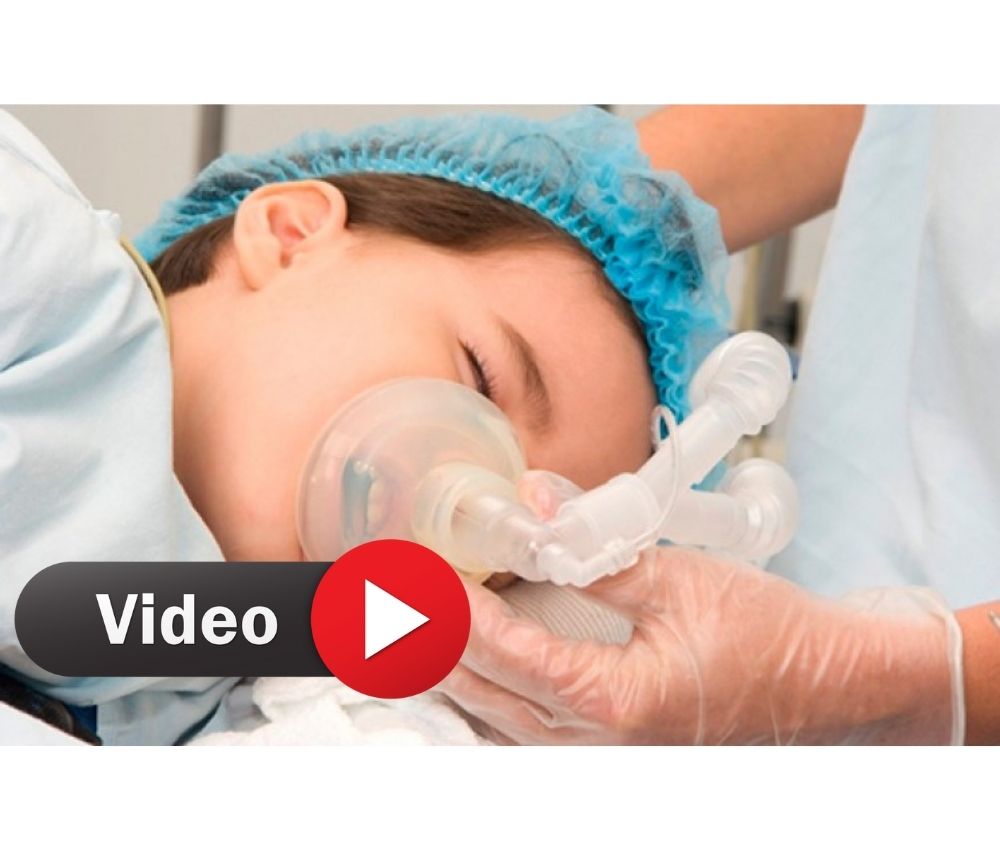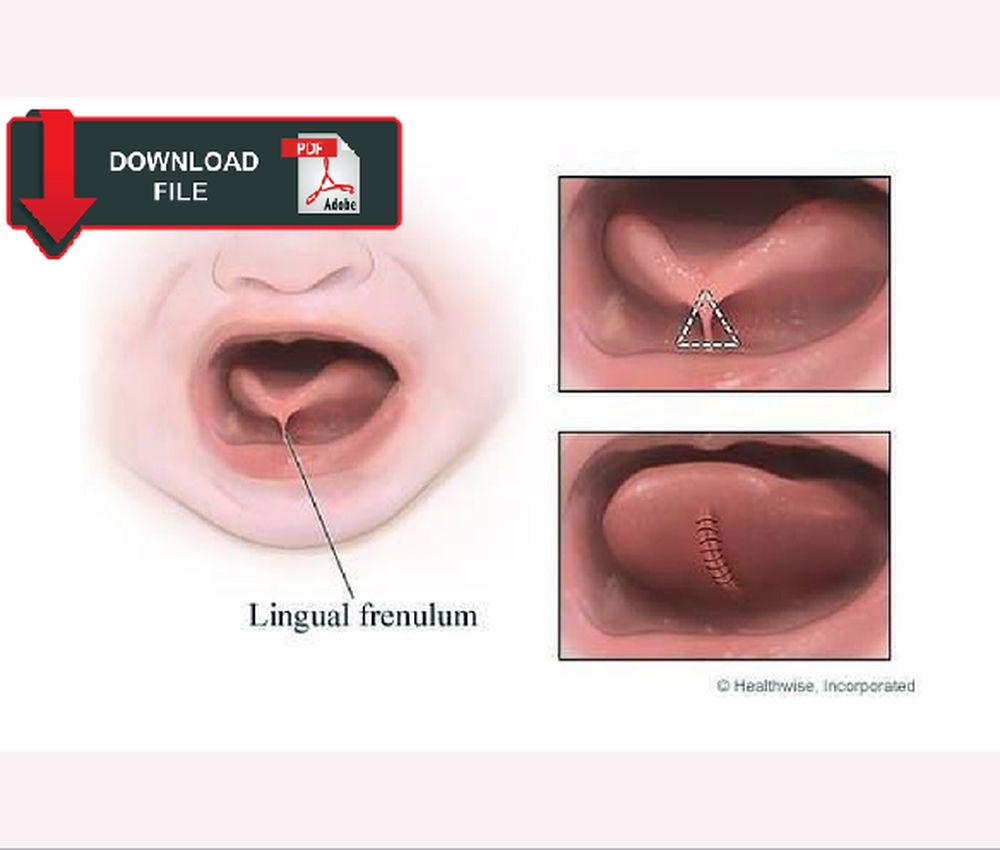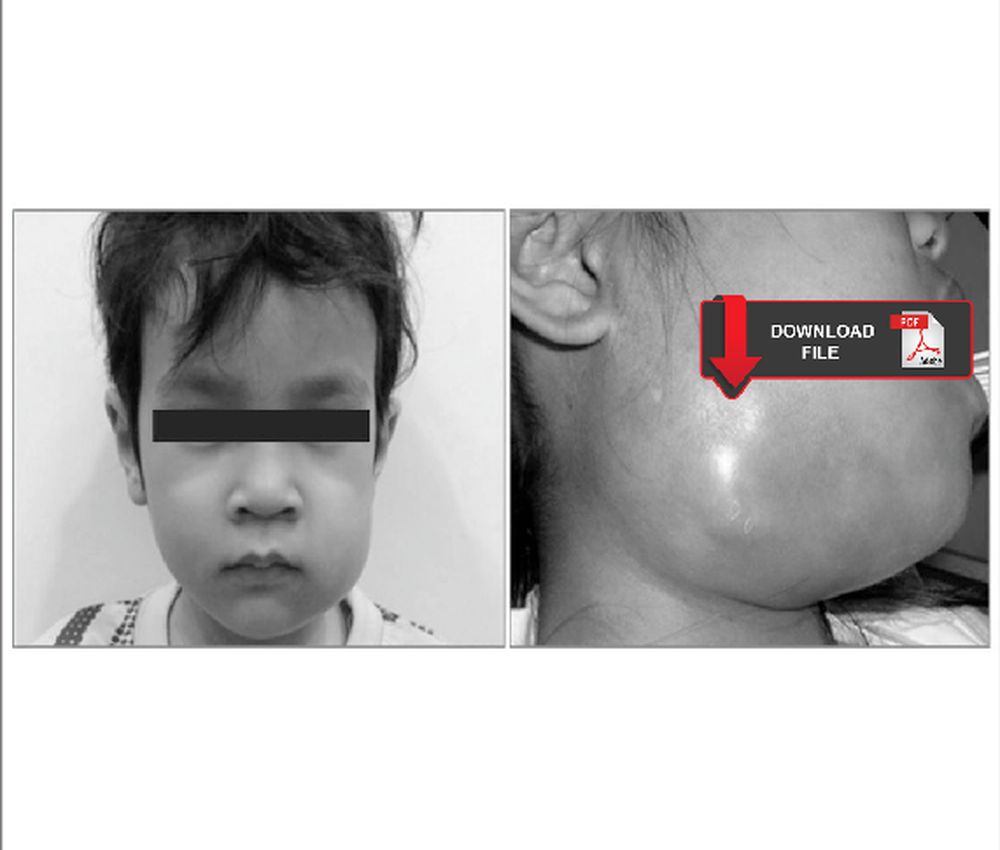There are several causes that give rise to a jaw tumor in a pediatric patient, so it is important for the professional to know the clinical characteristics of the lesion. Jaw tumors in children are not frequent, and cause a physical and psychological alteration of the patient.
In these cases, the use of images and a biopsy is necessary to determine the histopathology of the lesion and carry out an appropriate treatment plan.
Advertisement
We share 04 cases of aggressive mandibular tumors in pediatric patients, of different histopathological origin. The treatment and evolution of the patient are documented.
RECOMMENDED VIDEO
Odontogenic facial cellulitis in a pediatric patient - Diagnosis, treatment and multidisciplinary management
Odontogenic facial cellulitis in a pediatric patient - Diagnosis, treatment and multidisciplinary management
You may also like :
► Management of acute orofacial infection of odontogenic origin in children - Diagnosis, clinic and pharmacology
► Antimicrobial therapies for odontogenic infections in children and adolescents
► Allergic manifestations to local anaesthetic in pediatric dentistry: Prevention and management


















.jpg)







